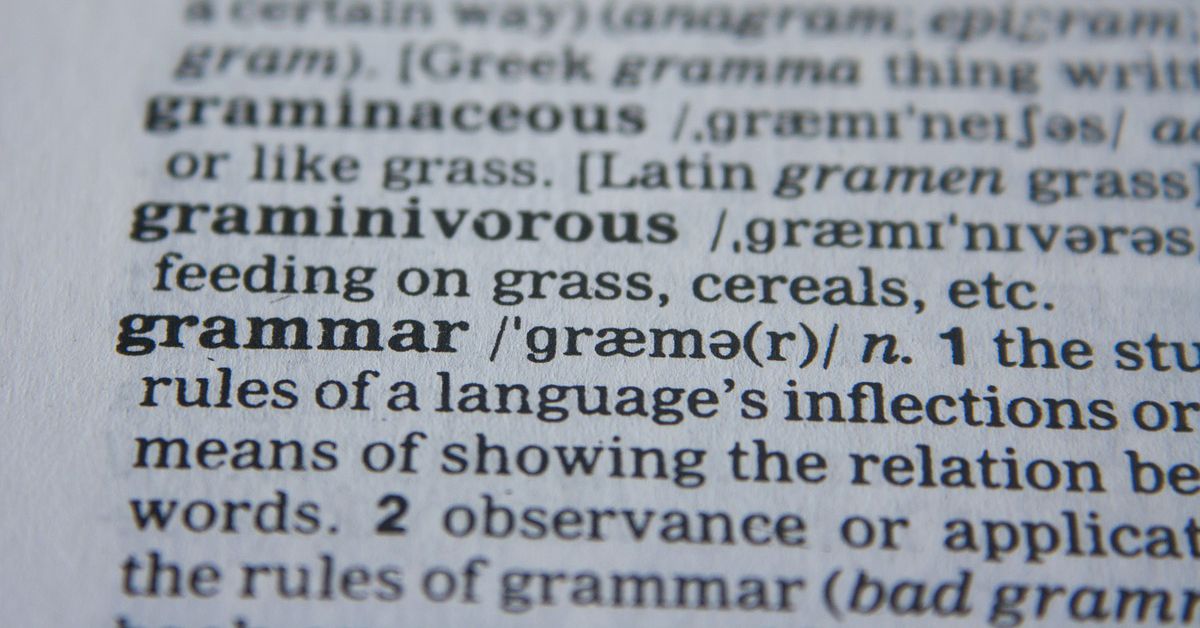Every writer needs to ensure they use grammar correctly.
It’s not about being a ‘Grammar Nazi’. It is about good grammar being a reflection of you.
Even if you’re not a professional writer, there will be times when you need to make a good impression with your writing. And showing attention to detail when it comes to grammar will put you in a positive light.
You may be saying, ‘I’ve always struggled with grammar. How can I correct mistakes when I’m not even aware when I’m making them?’
Well, a good start would be reading this blog and making note of which mistakes you’ve made in the past – so you don’t make them in the future. Oh, and don’t forget to bookmark this page so you can refer to it whenever you need to.
Below are some common errors with corresponding examples and explanations.
1. Its vs It’s
Its without an apostrophe is the possessive determiner of the personal pronoun it. The word is used to show ownership or possession of something.
An easy way to understand how to use its correctly is to write a sentence with a different possessive determiner like his.
The man drove his car. (The man has ownership or possession of his car.)
Now a sentence using its…
The dog wagged its tail. (The dog has ownership or possession of its tail.)
It’s with an apostrophe is also used for possession (It’s my book = the book belongs to me), and this is where the confusion lies. Remember though that we use an apostrophe to write the contraction of it is or it has.
I really love Paris. It’s (It is) the best city in Europe.
It’s (It has) been an exciting week.
2. Use of Commas
Even people who failed their high school English classes know that commas are punctuation marks for indicating a division in a sentence. However, knowing when to indicate divisions in sentences is something that even accomplished writers struggle with.
Using commas when you shouldn’t
When some writers aren’t sure about when to use a comma, they go with the ‘better to be on the safe side’ approach and throw them in when they aren’t necessary. Some common examples are below.
1. Don’t use a comma in the last item in a series.
Incorrect: In order to bake a cake, you need flour, butter, sugar, and eggs.
Correct: In order to bake a cake, you need flour, butter, sugar and eggs.
2. Don’t use a comma to connect two clauses if the second clause is a subordinate.
Incorrect: The girl passed the test, because she had studied hard.
Correct: The girl passed the test because she studied hard.
3. Don’t use a comma before a prepositional phrase.
Incorrect: I learnt to drive, at the age of 16.
Correct: I learnt to drive at the age of 16.
Not using commas when you should
A comma needs to be used after an introductory word, phrase or clause.
1. Introductory word
Incorrect: Yes I do like writing.
Correct: Yes, I do like writing
2. Introductory phrase
Incorrect: In fact he’s the one most responsible for our success.
Correct: In fact, he’s the one most responsible for our success.
3. Introductory clause
Incorrect: Because the rain was so heavy the game was postponed.
Correct: Because the rain was so heavy, the game was postponed.
3. Incomplete comparisons
Comparisons can help facilitate meaning and provide context – but if written incorrectly, your audience will end up being confused. Look at these sentences.
Susan’s car is faster.
Faster than what?
The local government promised to spend 10% more on welfare.
What is being compared? A previous year? Another area of government spending? The federal government?
Choose our product because it’s better.
This is the most ambiguous kind of incomplete comparison. How is the product better? Price? Quality? The word better could refer to almost anything.
The basic rule of comparative sentences is that you need at least two elements to compare.
Susan’s car is faster than Peter’s.
The local government promised to spend 10% more on welfare than the previous year.
Choose our product because we give a money back guarantee and our competitors don’t.
4. Dangling Modifiers
A dangling modifier is a word or phrase that doesn’t actually modify the word it’s supposed to. Look at the following sentence.
Having arrived late for work, an apology was required.
In this sentence, the dangling modifier is having arrived late for work. It is modifying the word apology, but an apology can’t arrive anywhere. To correct the sentence, you need to add the person who arrived late for work.
Having arrived late for work, Dave was required to apologise.
If you’d like to read more on similar issues, look out for more blogs in this Writer’s Workshop series. Or if you’d like to share your thoughts, contact me at [email protected].
